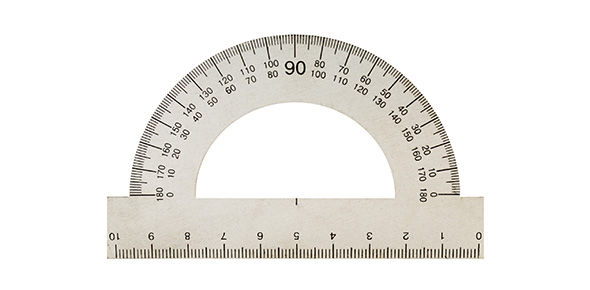Related Flashcards
Related Topics
Cards In This Set
| Front | Back |
|
What is unusual about the structure of chromium and copper?
|
The 4s and 3d subshells are very similar in energy and therefore it is easy to promote electrons from the 4s into the 3d orbitals.
|
|
Why does Chromium not have paired electron in the 4s orbital?
|
The repulsion between two paired electrons in the 4s orbital is more than the energy difference between the 4s and 3d subshells. So it is more stable to have unpaired electrons in the higher energy 3d orbital than paired electrons in the lower energy 4s orbital.
|
|
Why does Copper not have a paired 4s orbital?
|
The 3d subshell is actually lower in energy than the 4s subshell. The 3d orbitals are thus filled before the 4s orbital. Thus copper adopts a 4s13d10 configuration.
|
|
Within the Transitional Elements, which orbitals would the electrons be removed from the first and why?
|
The 3d subshell is lower in energy than the 4s subshell so the 4s electrons are always removed first. 3d electrons are only removed after all 4s electrons have been removed.
|
|
What determines the oxidation state of an element within it's compund?
|
The maximum number of electrons it can lose without requiring so much energy to remove the electrons that the energy cannot be recovered in bonding.
|
|
Why does Scandium only forms +3 ions (d0)?
|
This is because the low effective nuclear charge on scandium enables all three valence electrons to be removed fairly easily.
|
|
Why does Zinc only forms +2 ions (d10)?
|
This is because the high effective nuclear charge on zinc prevents any 3d electrons from being removed.
|
|
Define a Transition Metal.
|
A transition metal is a metal which forms at least one stable ion with partially filled d-orbitals.
|
|
Define a complex ion.
|
A complex ion is an ion comprising one or more ligands attached to a central metal cation by means of a dative covalent bond.
|
|
Define a Ligand.
|
A ligand is a species which can use its lone pair of electrons to form a dative covalent bond with a transition metal. Examples of ligands are H2O, NH3, Cl-, OH-, CN-,
|
|
Cations which form complex ions must have which two features?
|
-high charge density, and thus be able to attract electrons from ligands.
-empty orbitals of low energy, so that they can accept the lone pair of electrons from the ligands. |
|
What is the co-ordination number of a cation?
|
The number of lone pairs of electrons which a cation can accept.
|
|
What does the co-ordination number of a cation dependant upon?
|
The size and electronic configuration of that cation, and the size and charge of the ligand.
|
|
What shape do 6-coordinate complexes take and give examples of their ligands.
|
Octahedral, and are formed with small ligands such as H2O and NH3.
|
|
What shape do 4-coordinate complexes take and what type of difference in the ligands causes the formation of smaller complexes?
|
Tetrahedral, and are formed with larger ligands such as Cl-. Larger ligands cannot fit around the transition metal so easily
|







